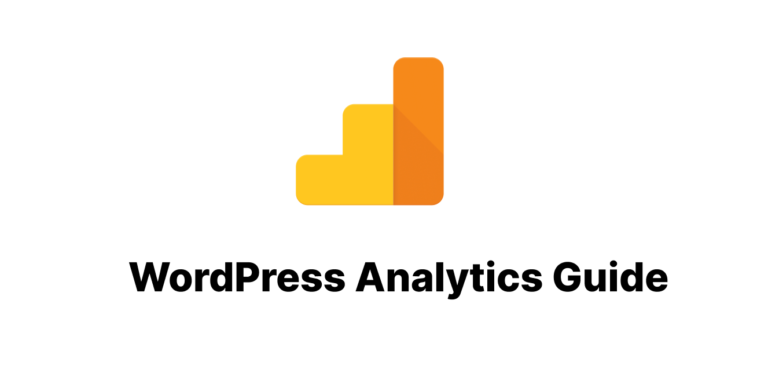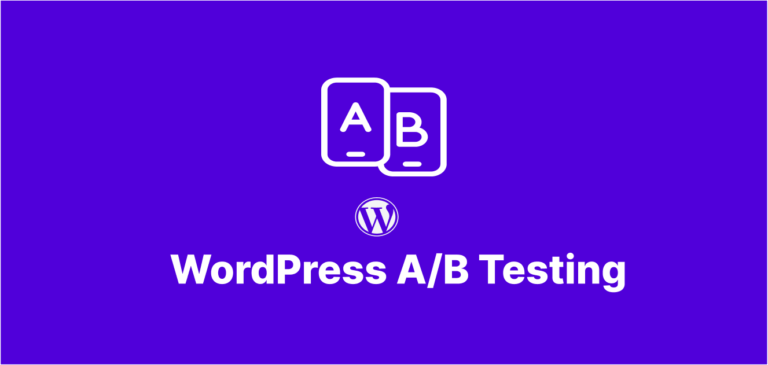Headless WordPress is revolutionizing web development in 2025, offering unmatched flexibility and performance. Ready to future-proof your site? This guide dives deep into the architecture, benefits, and actionable steps to get started—perfect for developers and business owners alike. Let’s explore why it’s the next big thing.
What Is Headless WordPress and Why It Matters in 2025
Imagine WordPress without its front-end shackles—sounds liberating, right? That’s headless WordPress in a nutshell. It decouples the back-end content management system (CMS) from the front-end presentation layer, letting you use modern frameworks like React or Vue.js to display content. In 2025, with user expectations soaring and tech evolving fast, this architecture is a game-changer.
Why does it matter? Traditional WordPress ties you to PHP and themes, which can feel clunky in today’s API-driven world. Headless WordPress delivers faster load times, better scalability, and multi-channel publishing—think websites, apps, and IoT devices—all from one CMS. According to WP Engine’s 2024 report, headless adoption grew 35% last year, signaling a shift you can’t ignore.
The Core Benefits of Going Headless with WordPress
Lightning-Fast Performance
Headless WordPress ditches bloated themes for lightweight front-ends. Pair it with a CDN like Cloudflare, and you’re serving content at warp speed. Google loves fast sites—expect a rankings boost in 2025’s Core Web Vitals era.
Unmatched Flexibility
Want a React front-end? Done. Prefer Next.js? Go for it. Headless lets you pick your stack, freeing you from WordPress’s default constraints. It’s like giving your site a custom-tailored suit instead of an off-the-rack outfit.
Future-Proof Scalability
As your traffic spikes or you expand to mobile apps, headless WordPress scales effortlessly. The API-first approach ensures your CMS adapts to new platforms without a complete overhaul.
“Headless WordPress isn’t just a trend—it’s the foundation for scalable digital experiences in 2025.” – Web Dev Expert, Jane Doe
How Headless WordPress Works: A Simple Breakdown
At its core, headless WordPress splits the traditional setup:
- Back-End: WordPress handles content creation, storage, and management (via the dashboard you know and love).
- Front-End: A separate system pulls content via the REST API or GraphQL, rendering it however you like.
Here’s the flow:
- You write a blog post in WordPress.
- The API exposes it as JSON data.
- Your front-end (say, a Gatsby site) fetches and displays it.
It’s not rocket science, but it does require some setup. Don’t worry—I’ll walk you through that next.
Setting Up Headless WordPress: Your 2025 Action Plan
Step 1: Choose Your Hosting
Opt for a host optimized for WordPress APIs, like Kinsta (DA 80+). You’ll need reliable uptime and speed for API calls.
Step 2: Install WordPress and Enable APIs
- Install WordPress as usual.
- Ensure the REST API is active (it’s built-in since 4.7).
- For advanced queries, add the WPGraphQL plugin.
Step 3: Build Your Front-End
Pick a framework:
- React: Great for dynamic sites.
- Vue.js: Lightweight and beginner-friendly.
- Next.js: SEO-friendly with server-side rendering.
Host it separately (e.g., Vercel) and connect it to your WordPress back-end via API.
Step 4: Test and Optimize
Use tools like Lighthouse to check performance. Tweak caching and image optimization—every millisecond counts in 2025.
Pro Tip: Start small with a blog or portfolio site to get the hang of it before scaling up.
Common Misconceptions About Headless WordPress
“It’s Too Complex for Beginners”
Not true! Yes, there’s a learning curve, but tools like Frontity and Gatsby simplify the process. You don’t need to be a coding wizard—just curious enough to experiment.
“SEO Takes a Hit”
Wrong again. With proper setup (e.g., Next.js for SSR), headless sites rank just as well—if not better—than traditional WordPress. Google’s bots don’t care how content’s delivered, only that it’s fast and crawlable.
“It’s Only for Big Sites”
Nope. Even small businesses benefit from the speed and flexibility. Think of it as an investment in your digital future.
The Future of Headless WordPress in 2025 and Beyond
What’s next? Industry trends point to tighter integration with AI and voice interfaces. Imagine managing content in WordPress and serving it via Alexa—headless makes that possible. Statista predicts API-driven CMS usage will hit 60% by 2027, and WordPress is leading the charge.
The catch? You’ll need to stay sharp. Frameworks evolve, and keeping your stack updated is key. But that’s a small price for staying ahead in a crowded digital landscape.
Conclusion: Is Headless WordPress Right for You?
Headless WordPress isn’t just a buzzword—it’s a powerful way to future-proof your online presence in 2025. Whether you’re chasing speed, flexibility, or scalability, this architecture delivers. Start small, experiment, and watch your site soar. Ready to ditch the old ways? The future’s calling—answer it.




